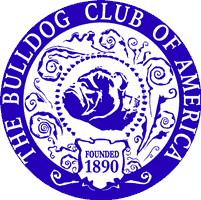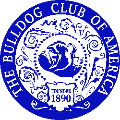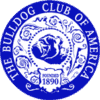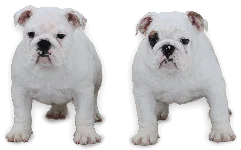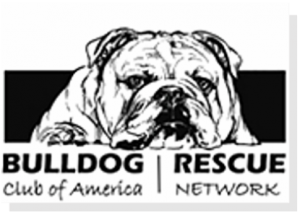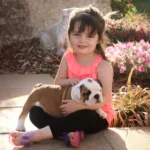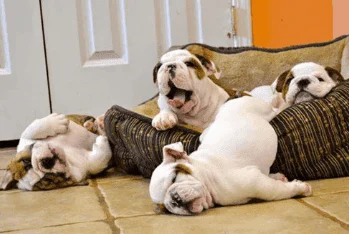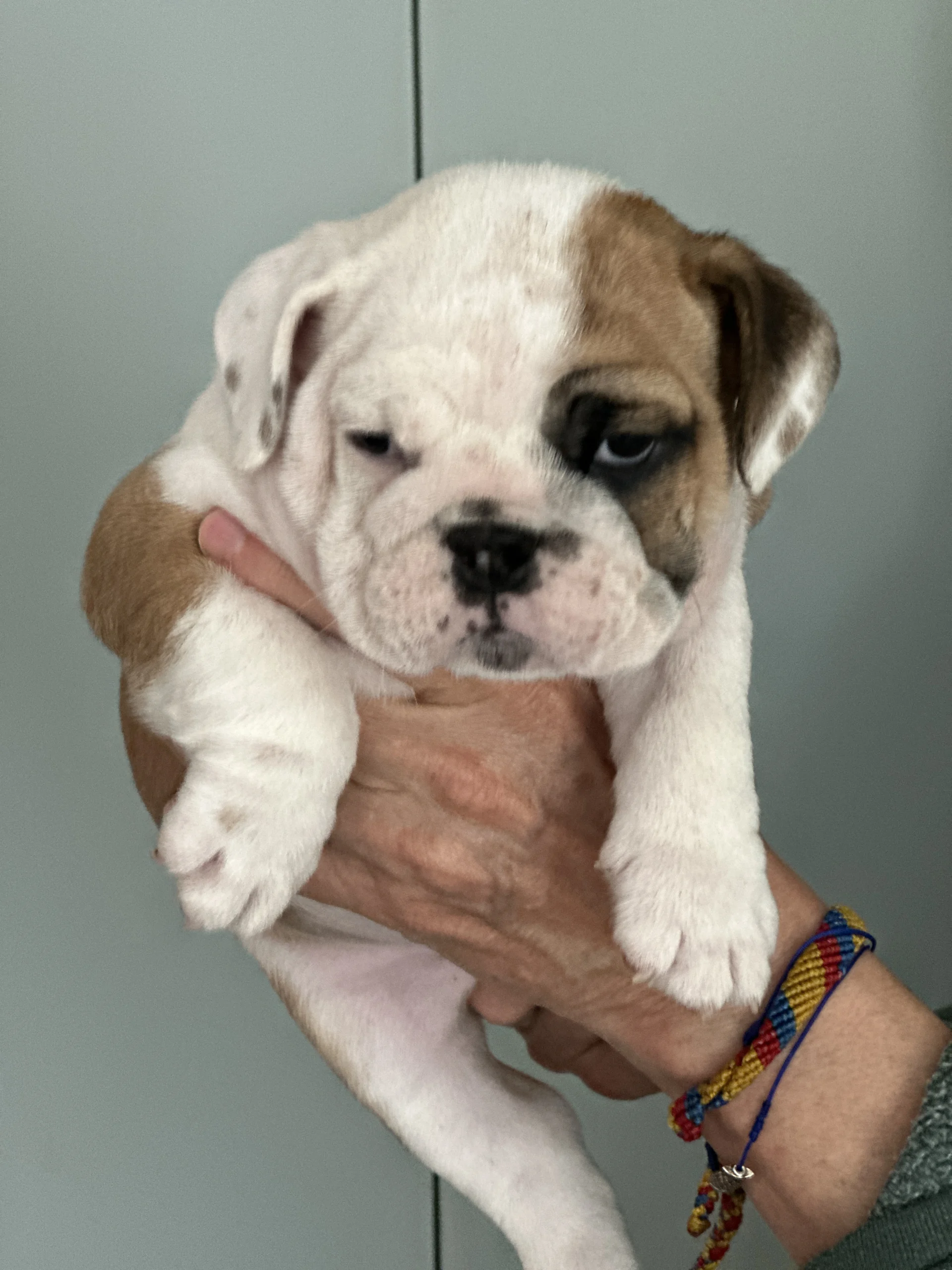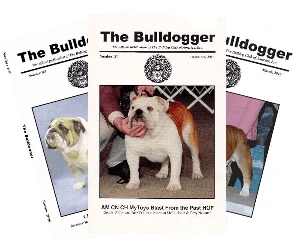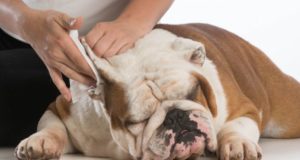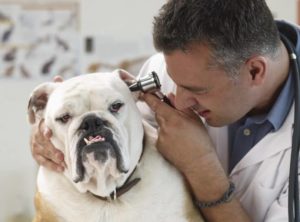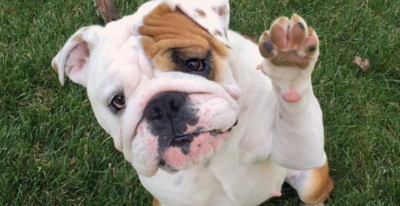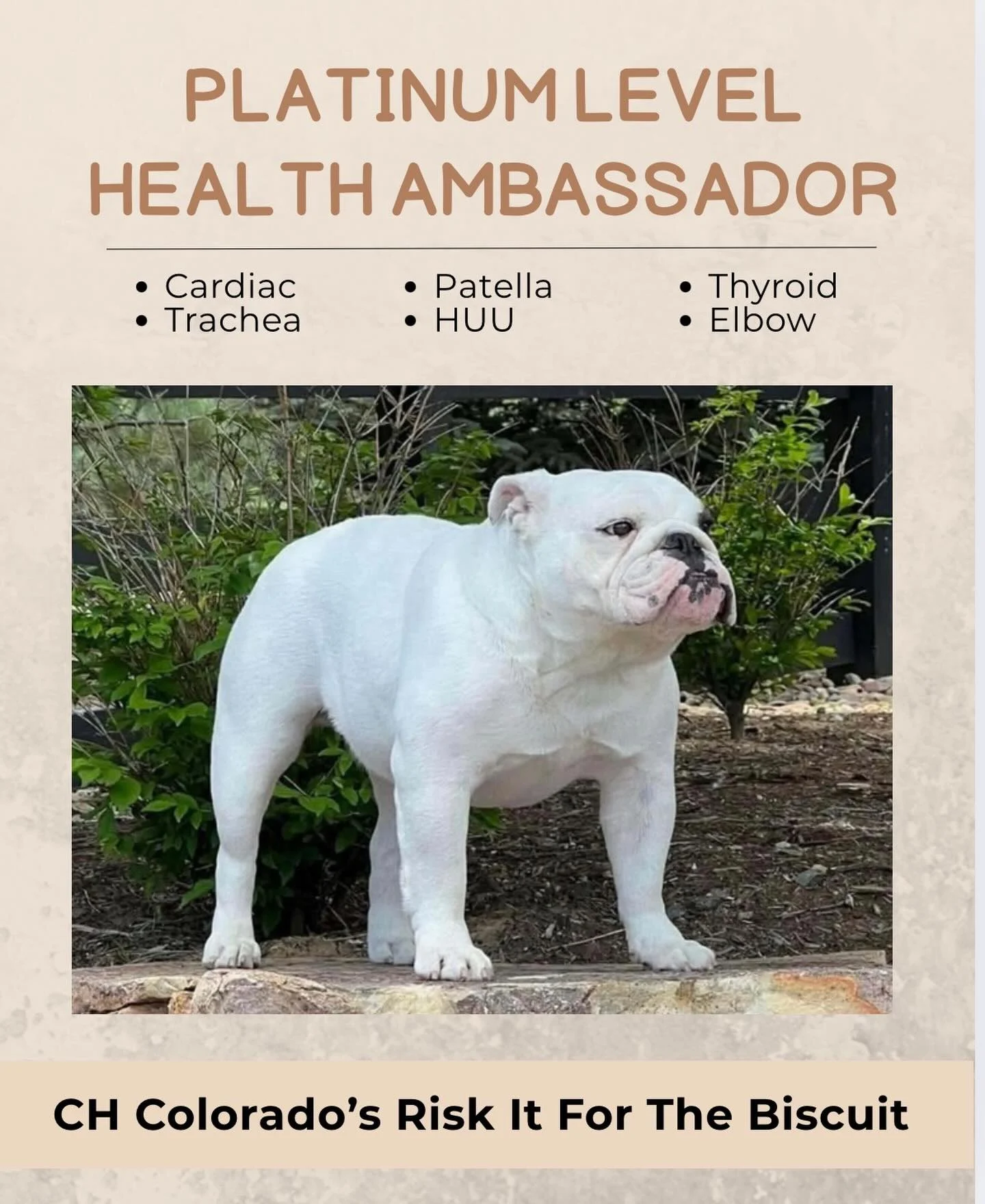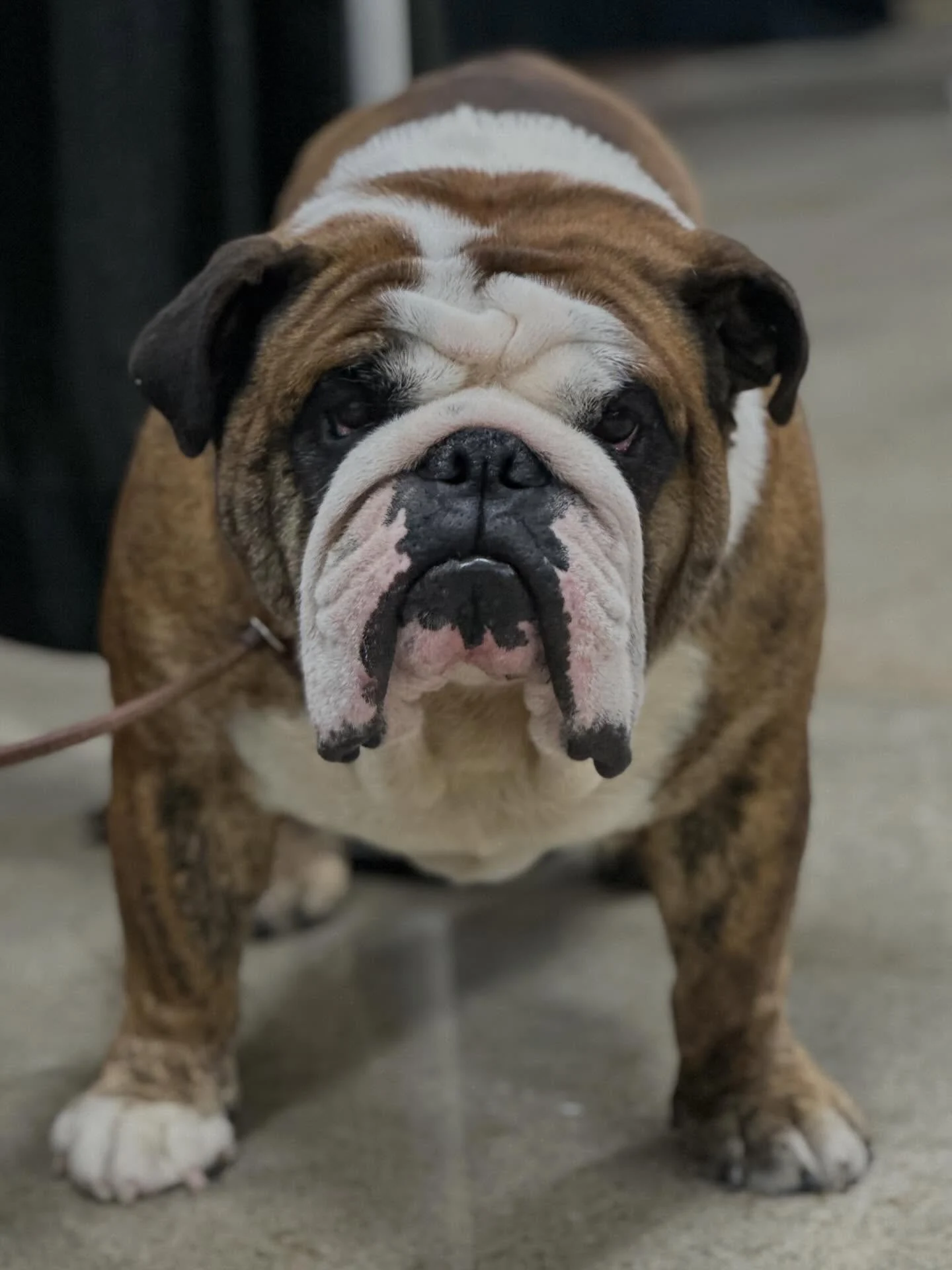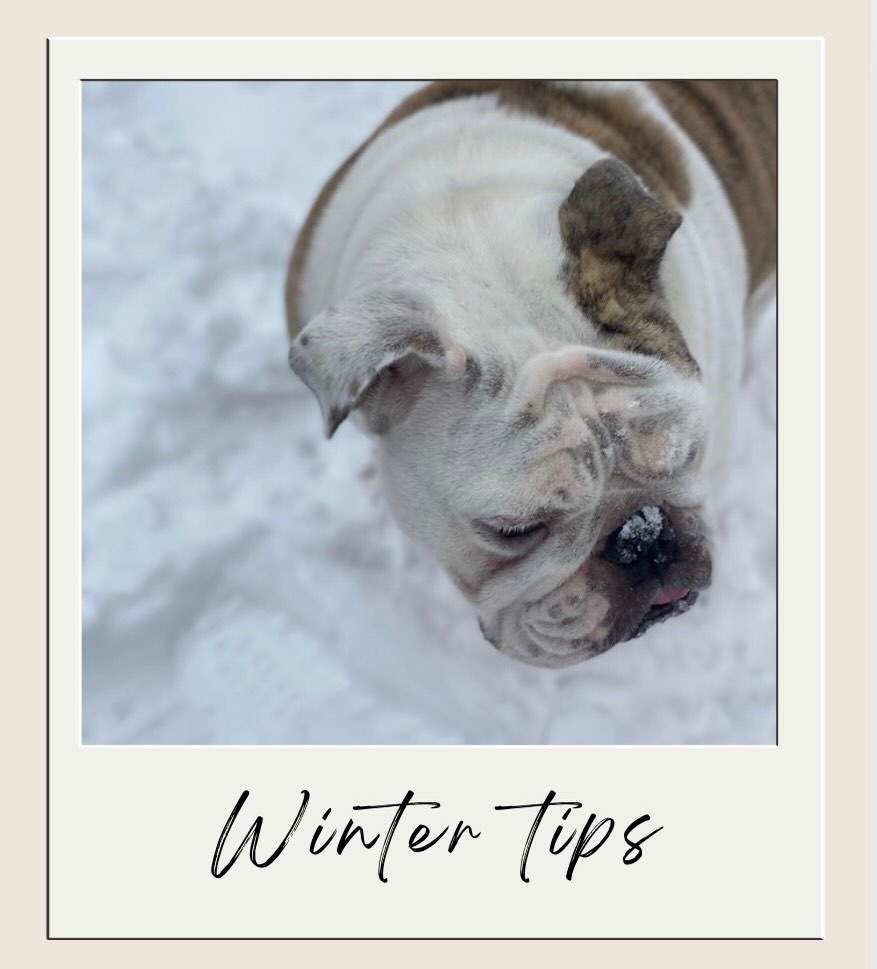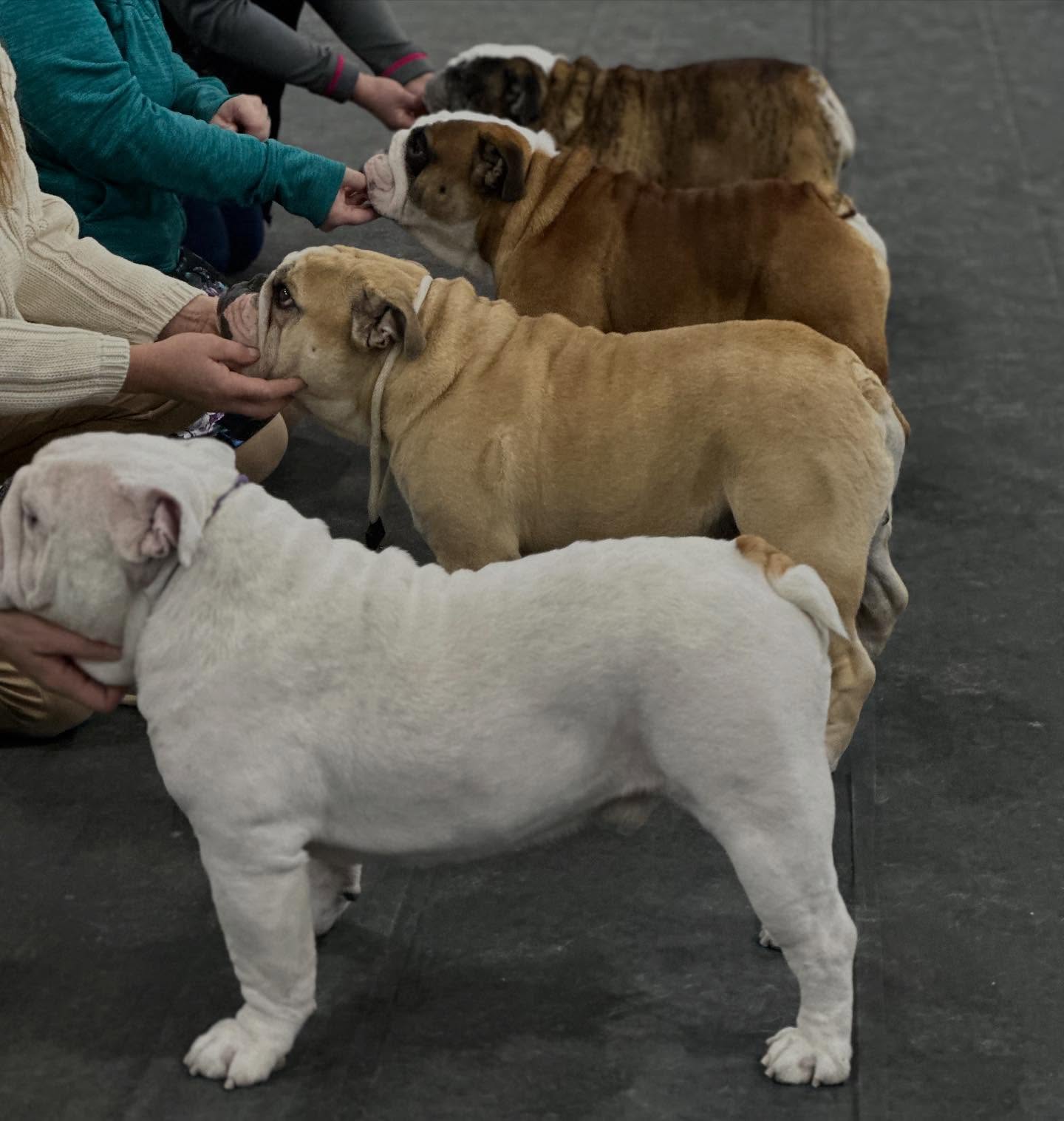Applies to Bulldogs as well as other dogs.
Small amounts of Malasezzia AND Candida albicans are natural occurring yeasts on humans and animals, it is when it gets out of control that problems occur. Candida also called Thrush, is notorious for being an "opportunistic" pathogen
Most yeast comes from dogs with allergies, autoimmune problems, (Generally these levels are low in a dog with constant yeast overgrowth.) and sensitive skin issues. Allergies and autoimmune problems are hereditary. Usually cortisone is used to control both of these issues. Immune testing should be done to measure immunoglobulin levels (IgG, IgM and IgA). Allergy testing can be done also, but the outcome is usually the same you can’t get away from most of the allergens. Yeast spores live on the body and when the immune system is out of whack they get out of control. With allergy problems the skin becomes warm and moist and that is a perfect surface for growing yeast.
Thyroid problems can cause skin irruptions. Low normal in Bassets happens a lot and most vets would read it as normal when it can be causing a lot of problems in our breed.
Antibiotics can cause yeast infections as the medication kills off natural needed flora and overgrowth appears.
Quality food is a must for skin problems, no corn wheat or soy, no grains at all in some cases. Quality foods have brown rice, pea flour, rice flour, all fillers are grain free. White rice is not as good but acceptable unless you are trying to eliminate all sugars. Omega 3 is important for good skin. Supplementing like Vit E or fish oil including Cod liver oil, can be taken very successfully also. Just remember dogs need twice as much supplement as humans because of their metabolism.
Dogs need very little carbs. They are omnivores meaning they eat meats and greens. Grains and gluten free flours are just fillers. Yeast needs sugar as a source of energy. Carbohydrates break down into sugar.
Garlic or oregano are also good foods for an anti-fungal supplement.
Parts that sweat on your dog are his nose and the pads of his feet, and ears during hot humid months when yeast tends to thrive, you'll need to disinfect these areas, also trouble spots like the armpits and dew laps and the groin area.
The summer months are when you'll need to be vigilant about cleanliness and addressing any dietary issues that might be contributing to yeast. Even dogs without skin problems or allergies can get yeast in those folds and hot areas in the humidity. Keep them clean and Dry Dry Dry!!! Dogs with skin problems usually have little fur in these areas and makes the skin more at risk to the environment.
To repeat… keep them clean and dry. Yeast cannot be allowed to accumulate on skin the only way to stop is regular bathing, with quality degreasing shampoos. Some are:
Dogs should be bathed twice a week to start than once a week, When; after a week the skin is still looking good than you can go to once every 2 weeks, but in dogs with bad problems, never less than that. You can’t let the yeast even start. A 50/50 Apple Cider vinegar and water rinse is also very helpful. Do not forget the inside ear flaps and you can go into the ear canal when scrubbing. Whatever shampoo you use let it sit on the dog at least 5 minutes for short haired dogs, 10 min. is better.
Sometimes just spot cleaning helps if only a couple areas are bad. That can be done with a wet wash cloth with a bit of medicated shampoo on it then towel dry. Does not need rinsing
I will repeat here, On healthy dogs the yeast spores are naturally there but are kept in control by the body’s natural immune system, when out of control they need to be killed, there is oral medication called Ketoconazole, or fluconazole. This does not last long term and needs to be given on a regular basis to keep yeast spore off the skin to help dogs with problems.
Having said this, I just heard from Nina Garlie that she found something that is working on her dogs. Both are in a medical profession, and have come up with a solution they say works well, in between bathing to kill yeast spores from the skin. She sprays a combination of alcohol, vinegar, betadine and boric acid daily on the skin, and tells me it has been working.
Recipe:
Add 6 ounces of the isopropyl alcohol to a bottle, and add 1/2 teaspoon of boric acid powder. Shake until the powder is completely dissolved, and add 2 ounces of white vinegar. Shake again, and add 1 teaspoon of the Betadine. Again, shake well.
It is also important to keep teeth clean yeast can get in the mouth also. It is a fungus that can get everywhere.
In summary:
If you have a dog with problems
Start from the inside out. Food, probiotics. And supplements
Test for autoimmune and thyroid problems
Keep the skin clean and dry.
